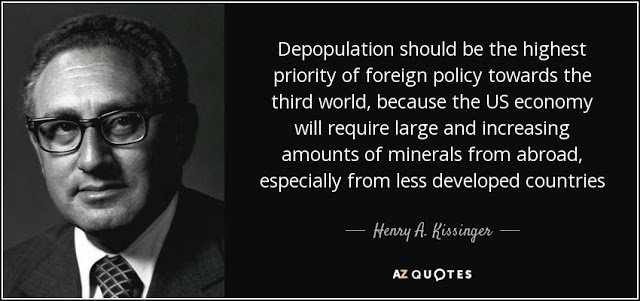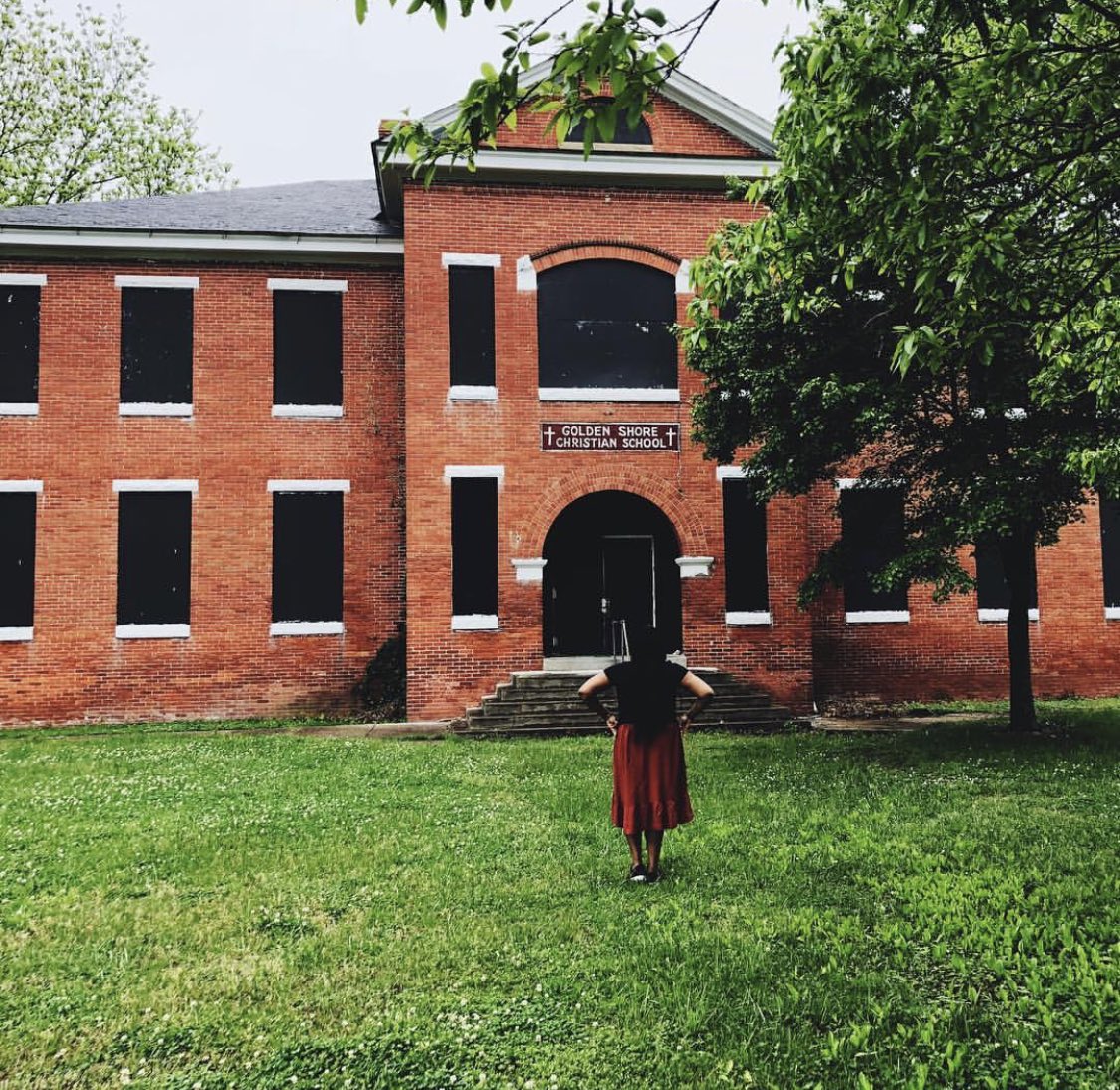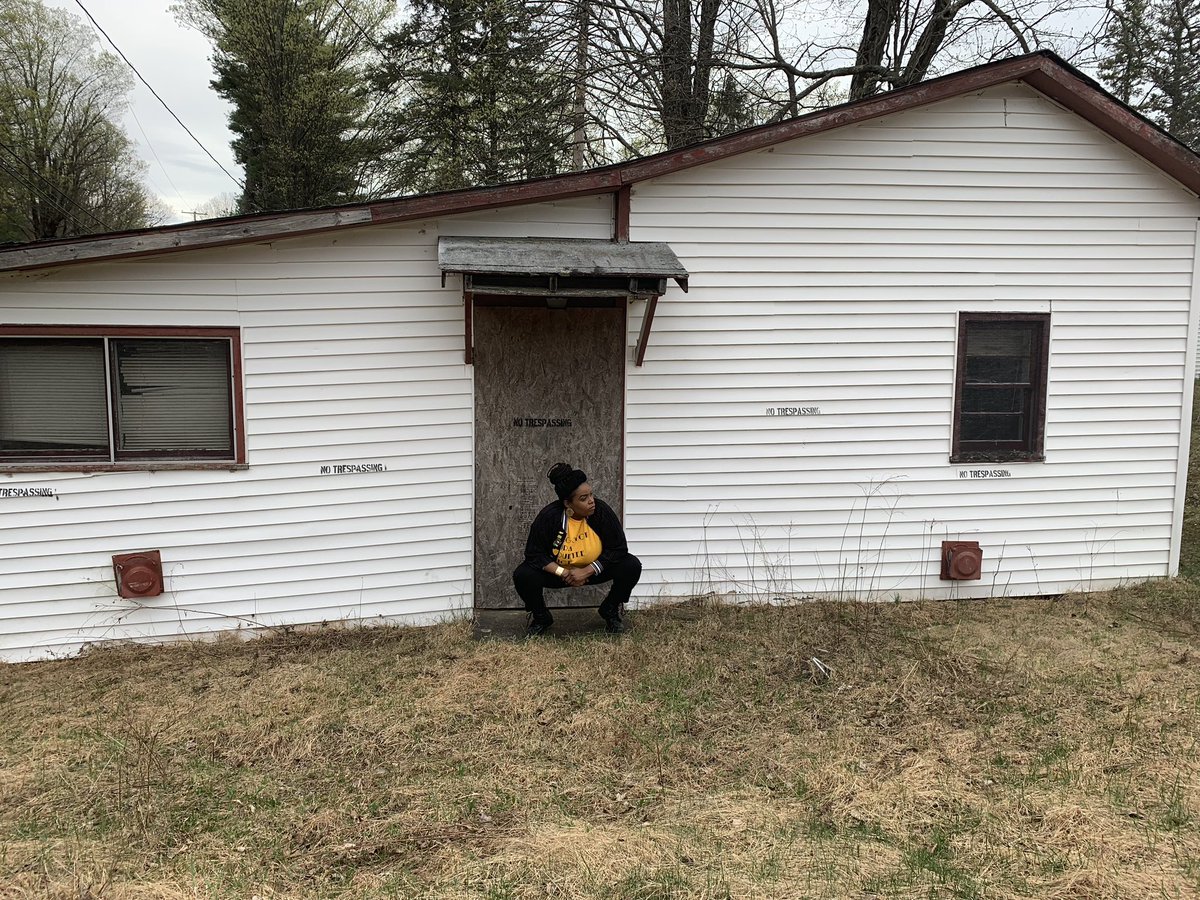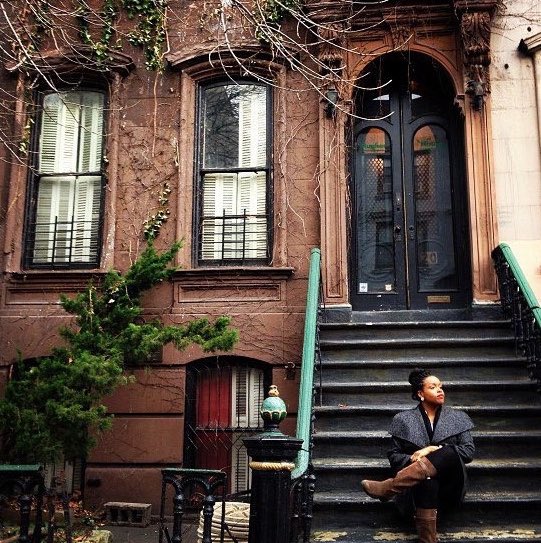Fellow screenwriters!
A thread on writing action lines, with special attention paid to word order and what I call "anchoring" nouns.
Here we go!
1. Describe what is happening.
2. Describe how we see what is happening.
But 2 can help the way you tell it.
And that’s what I’m going to focus my thread on, and hopefully illuminate how craft can allow you to make those choices in the script, without bumping the reader out of the story.
The first thing to discuss is the ongoing debate over "We see" and all its forms.
It's important to clarify we only see the flower at first, otherwise the reveal isn't as powerful.
these things that I call “anchoring nouns”
This is where you can ask: What camera shot contains this noun? Is it really, really far away? Probably not. Are you so close, you can only see a part of it? Also probably not.
If I say “An apple” you’re likely picturing an apple. (CU)
If I say “Five apples” maybe we move to a MCU
A bushel of apples.
A row of apple bushels.
An orchard. (EW)
I’m trying to use ANs to orient you to what they are.
(stem, apple, five apples, bushel, row, orchard)
You’re right, so let’s put this notion into practice.
Sally reaches into her back pocket.
Her hand slips into her back pocket.
In the first, “Sally” is the AN. You may picture anywhere from a MW to a MCU, but generally, you’re probably picturing a person.
In the second example, “hand” is the AN. Most likely you’re picturing a CU.
When it’s time, they’ll come in and do their jobs, and hopefully that collaboration will yield results better than any of you could’ve done on your own.
Now let’s talk about word order.
Your word order can help suggest camera moves, edits, tone, you name it.
Then, I try to move through the action using...
word order
grammar
sentence structure
punctuation
...to suggest camera moves and edits.
Each have the slug line INT. KITCHEN.
How do you interpret the camera moves and edits (if any) in each example below?
(Yes, the other examples primed you for dishwashing. I may have gotten a freebie there. Depending on context, I may or may not be able to do it in the script.)
And please let me know how you all are thinking about action lines! I love hearing nifty little tricks and paradigms for the nuts and bolts of screenwriting craftwork!
Write on!
- David










